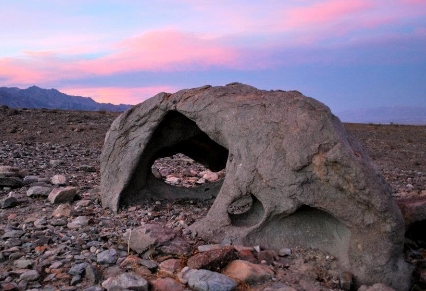In the field of geomorphology, one of the key factors shaping Earth’s surface is wind. The study of how wind affects the land is known as aeolian geomorphology. This fascinating branch of science delves into the mysteries of how wind erosion, deposition, and transportation play a crucial role in shaping landscapes around the world.
Erosion by Wind
The process of erosion by wind involves the removal of surface materials such as soil and rock particles through the force of wind. As the wind blows across the land, it picks up small particles and carries them away, gradually wearing down the surface of the Earth. This erosion can create unique landforms such as sand dunes, ventifacts (rocks shaped by wind abrasion), and yardangs (elongated ridges sculpted by wind erosion).
Deposition by Wind
In addition to erosion, wind also plays a role in deposition – the process of depositing sediment in a new location. When wind carrying sediment slows down, it drops the particles it was carrying, leading to the formation of features such as sand ripples, loess deposits, and wind-blown dust layers. Over time, these deposits can build up and form extensive dune fields or even entire desert landscapes.
Transportation by Wind
Wind can also transport sediment over long distances, moving particles from one location to another. This process, known as aeolian transport, is responsible for the spread of sand and dust across vast areas. It can also lead to the formation of sand seas, where massive dune fields cover hundreds of square miles and constantly shift with the force of the wind.
Impact on the Environment
The study of aeolian geomorphology is not just about understanding how wind shapes the Earth’s surface – it also has important implications for the environment. Wind erosion can have negative effects on soil fertility, agricultural productivity, and air quality. By studying the processes at work in aeolian landscapes, scientists can better predict and mitigate the impacts of wind erosion on both natural and human-made environments.
Future Research
As technology advances and our understanding of aeolian geomorphology grows, there is still much to be discovered about the intricate ways in which wind shapes the Earth’s surface. Ongoing research in this field aims to uncover new insights into the mechanisms of wind erosion and deposition, as well as their effects on ecosystems and landscapes worldwide. By unraveling the mysteries of aeolian geomorphology, scientists can gain a deeper appreciation for the powerful forces at work in shaping our planet.

